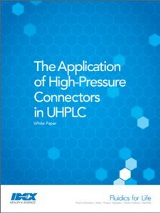-
Pixel Shift in Fluorescence Microscopy
by IDEX Health & ScienceMulticolor imaging in fluorescence microscopy is typically performed by sequentially acquiring images of different colors. An overlay of these images is used to study the relative spatial distribution of various types of cellular components. However, in order to ensure that such a composite image is a true representation of the biological phenomena under investigation, it is important to understand imaging artifacts such as “pixel shift” error in multicolor fluorescence imaging.
Full story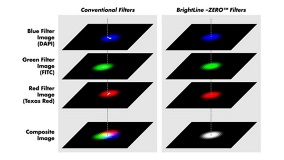
-
Multimodal NLO Imaging
by IDEX Health & ScienceIn this article, we discuss the emergence of NLO imaging and how it has been facilitated by advances in three key technology areas: ultrafast lasers; high-performance, hard-coated optical filters; and high-sensitivity detectors. Fluorophores commonly used in combination with NLO fluorescence imaging will also be discussed.
Full story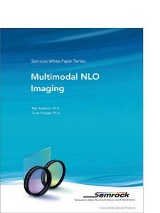
-
Flatness of Dichroic Beamsplitters Affects Focus and Image Quality
by IDEX Health & ScienceEven though fluorescence microscopy has become a routine technique for many applications, demanding requirements from technological advances continue to push the limits. Lack of sufficient flatness on a dichroic is not only a problem for imaging quality, but it can also reduce the quality of the illumination light beam when the dichroic is used to reflect the illumination light toward the sample.
Full story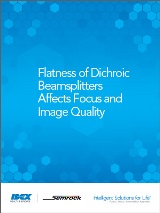
-
A New Class of Polarization Optics Designed Specifically for Lasers
by IDEX Health & ScienceThis article compares the strengths and weaknesses of some of the most popular component solutions on the market today, and then explains how Semrock’s advanced optical filter technology is being applied to a new class of polarization components designed specifically for lasers. This new class of filters is filling some key gaps in the polarization component market.
Full story
-
IBS Coatings for Ultrafast lasers and Applications
by IDEX Health & ScienceIn optics, dispersion is the phenomenon in which the phase velocity of a light wave in the material depends on its frequency (wavelength). One of the most well-known examples of dispersion is the splitting of white light into its full spectrum of colors (wavelengths) as it passes through a glass prism. Chromatic dispersion also causes the focal length of imaging lenses to be wavelength dependent, and thus specially designed lenses are required to mitigate chromatic effects on image quality in applications like optical microscopy. Both of these examples of so-called material dispersion involve continuous wave (cw) light.
Full story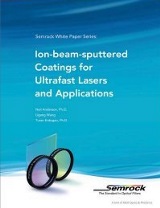
-
Fluorescent Proteins-Theory Applications and Best Practices
by IDEX Health & ScienceIn this article, the history and development of FPs is discussed, along with what they are and how they work. Applications of fluorescent proteins are covered, as are considerations for application success.
Full story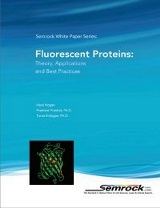
-
Fluorescence Polarization in Life Sciences
by IDEX Health & ScienceThe application of fluorescence polarization offers unique advantages over conventional fluorescence imaging and quantitation. However many resources provide a limited perspective on applications. This article is a concise review of various applications in life sciences that are based on fluorescence polarization.
Full story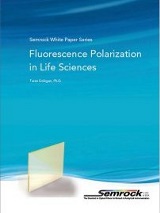
-
The Application of High Pressure Connectors in UHPLC
by IDEX Health & ScienceAs UHPLC has gained a solid foothold in the market, some of the problems that have plagued chromatographers —like band broadening, split peaks, carryover, etc. — are beginning to occur with greater frequency in UHPLC. Learn more in this white paper.
Full story